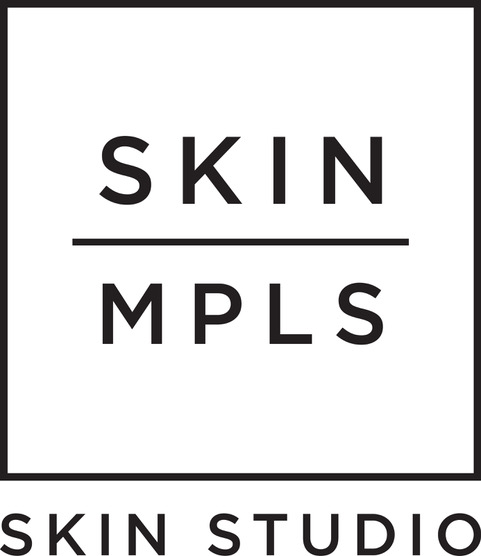Post-Pandemic Makeup Reboot: Stick to The Basics
Since returning to work last June, we have been hearing a lot of clients say “I’m not really wearing makeup since I’m not going anywhere.” But what our trained ears hear is that you’re just not wearing makeup daily and you’re also not telling us what it is — so it’s likely not acne-friendly! Just like we imagine teachers have been giving slack with remote learning, we too have been loose on some of the products that are going on your face. Whether it’s sheet masks to cure boredom, “just a tinted moisturizer”, or some other new item you only wear once a week — stop it and any other product with non-acne-safe ingredients if breakouts are your main concern.
How do you know if makeup or skincare is acne-safe? Your fairy godmother aestheticians over here are happy to look into every product that goes on your skin. It’s not that we are biased — it’s that, unfortunately so much of the skincare that’s available sadly has comedogenic ingredients in it. Even some of our products do. But, you always want to go back to the basics when you feel you are losing control of your acne. And that’s typically a curated regimen of Vivant products and also checking in with lifestyle changes (i.e., reconnecting with your aesthetician).
When we’re researching your ingredients to see whether products are safe or not, we get our information from our experience and a comprehensive medical study that Dr. Fulton (the creator of Vivant Skincare) did to test the comedogenic response (i.e., the likelihood of that ingredient to cause a pimple) of most common skincare ingredients. Many other acne resources have since then developed their own version of the sacred “no-no list” but since the ingredients were studied outside their formulations, it’s not a perfect science. This is one of the reasons we do it for you, we look at the whole product AND your skin before we make a ruling.
Comedogenicity of ingredients is measured on a scale of zero to five. The higher the rating, the higher the degree to which it’s likely to clog pores. Several waxes, oils, and fatty alcohols are very high on that list — and these ingredients are common in makeups. It’s because of this that makeup is often no friend to acne, and it’s not just your imagination that it’s making it worse! While no makeup can be the best option, that is unrealistic for most of us. So instead, acne-safe makeup is non-negotiable for inflamed acne and should be for anyone acne-prone as well.
We are always happy to look into makeup you already have, but the best shot of getting clear is a fresh start with our studio-favorite tried and tested foundations: Nars Sheer Glow and BareMinerals Loose Original Foundation (and Bare Minerals loose blushes and bronzers are our faves too). You’ll get all the coverage you need from those two formulas and the cheek pigments are pretty — and no worries, your eye and lip makeup is fully your own to be as creative as you want.
So while sometimes we think the more options the better, when it comes to acne — it’s the opposite. The more things in question, the harder it is to pinpoint what’s causing your breakouts. And this just causes us to spiral and then that causes even more breakouts! So, do yourself a favor, when things get carried away with your face — dial it back to the tried and true — your Vivant regimen, acne-safe approved makeup, and helpful guidance from your Skin MPLS expert.
